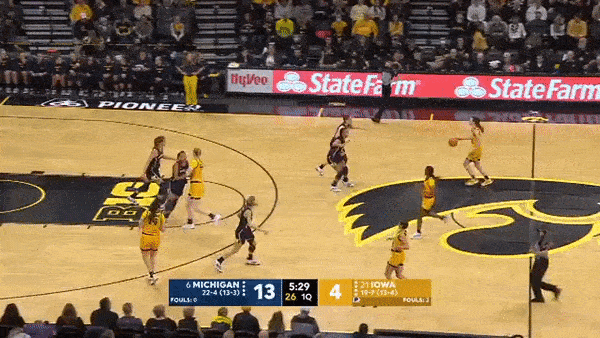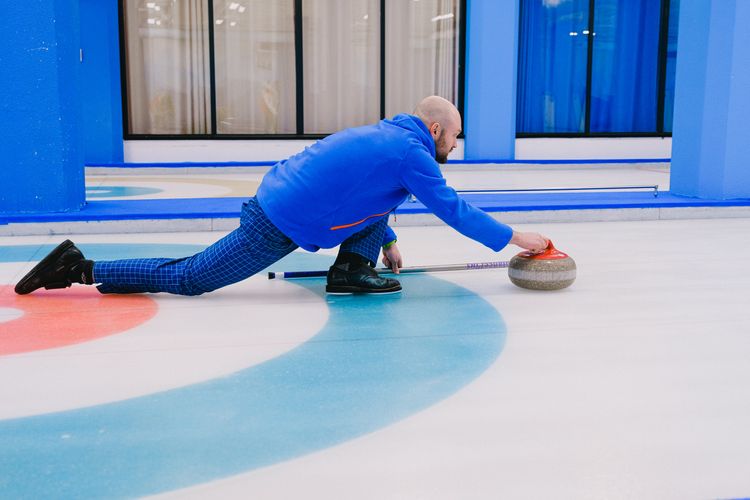🦀 Issue 130 - My Blood?

Last week we talked about hearts, this week we’re staying red and talking blood. Or lack of it, I guess. Yes, it’s blood flow restriction. This has been seen in many gyms for dozens of years, but does it work? Yes, it does. And we’ll talk about how it works here. I go through a bit of the basics and some ideas on how to use it. King Crab supporters got two additional articles this week, one on how it can work with aerobic athletes and another on how cuff occlusion pressure percentage actually affects blood flow. Get all articles, no ads, and support the Crab here.

When would you use BFR? Anytime someone needs strength gains but has weight-bearing restrictions. Or for improving aerobic capacity. Or for a new, different stimulus. Or just for fun. I use it on folks with meniscus repairs regularly and occasionally with those who lack ankle strength too. If you want to know more, read on. And if you want to know more more, check out some con-ed on it, there’s a lot out there.
Let’s dive in!
What is it and how does it work?
For those who don’t know, BFR has been around for over 50 years, originally reported to be in use by Russian weightlifters. The first appearance in modern scientific literature was 1998 when a group recognized that conditions of blood flow restriction increased muscle strength gains at low loads. I’m not going to get into the details, but to perform BFR, you inflate a variant of a BP cuff over the proximal segment of a limb until blood flow to that area is completely cut off (usually measured via Doppler device), then deflate to a set percentage of that maximal occlusive pressure. After inflating the cuff, there are many different procedures you can go through and I’m definitely not going to get into that here. Check out a con-ed course (including on MedBridge) for details. I’m here to talk about mechanisms.
BFR causes muscle hypertrophy when used without any exercise, during aerobic exercise, and during resistance exercise. But why? Well, we don’t really know. But we have some guesses. It seems like BFR causes additional muscle cell swelling effects and a greater buildup in metabolites since they can’t be flushed away by normal bloodflow. This cell swelling and metabolite buildup causes an increase in local protein synthesis. Low load BFR activates the same cell signaling pathways that high load resistance training activates as long as both are done to failure. This is why BFR doesn’t necessarily increase strength gains in those who can perform high load activities, since they both use the same mechanism.
BFR also has some complex nervous system stuff that I won’t get into here but suffice to say it’s really cool and if you’re into that, definitely check out the paper. But how does this all apply to you? I’m glad you asked, read on.
Tell Me More - It’s important to understand that there’s no particular standard when it comes to BFR training and that’s because it’s complicated.
The restrictive stimulus transmitted to the tissue underneath the cuff is influenced by each variable, and as such all should be accounted for to ensure the desired stimulus is being applied as well as to make methodology replicable. Arterial occlusion pressure (the inflation pressure of the cuff required for the cessation of blood flow) in the upper and lower body is dependent upon the width of the cuff; the cessation of blood flow occurs at a lower pressure when cuff width is increased. If the same pressure is applied to an individual using a wide and a narrow cuff, the wide cuff will restrict blood flow to a greater degree.
All of these factors are why you need to take occlusion pressure every time you use BFR, not just once or at the beginning. This is also why companies that don’t recommend taking dopplers and just use absolute pressures (I’m looking at you BStrong) aren’t very useful for BFR. And since “a wide range of restriction (40% to 90% arterial occlusion pressure) pressures seem to be effective for increasing muscle size when exercising with 30% 1RM,” you don’t really have to go up to high pressures. There doesn’t seem to be a huge dose-response relationship with BFR pressure, but there is with reps. We’ll get more into that part later too, so keep your eyes peeled for it.
This paper has a lot more on the technical stuff if that’s your jam. But if you’re looking more for functional use, that’s next.
Paper? Here ya go.
Did you hear about Caitlin Clark?

She’s amazing! I mean, how do you defend that? She and the Hawkeyes play against Colorado tonight in the Sweet 16 and you’d already know this if you subscribed to our sponsor, the Gist.
It’s the Gist of college sports, with special emphasis on women’s sports, every week. And if you subscribe, I get a dollar. So check out the Gist, get a great new sports source to diversify your views, and support the Crab. Win win win.
And go Hawkeyes!

But How Do I Do It?
The Gist - If that’s really your question, you may want to pursue con-ed for this. As always, I don’t give out direct advice on what to do in clinic. I’m not even a full DPT yet! Don’t listen to me. But do listen to this guide from Sanford Health that has a great table of uses along with when to use BFR and what to do with it. And check out their good list of risks and contraindications too. They recommend BFR as early as 1-3 days post surgery for arthroscopic procedures, but definitely use your own judgment.
If you’re just looking for the quick and dirty guide to clinical use, this is the ticket.
Paper? Here. And it’s not really a paper, just a useful guide.
I hope that has whetted your appetite (or possibly satiated it) for info on BFR. There’s a lot more out there, including cuff recommendations, many many papers and ideas, etc. but I hope this is an interesting start.
Any thoughts, questions, or ideas, feel free to get in touch at Luke@PTCrab.org.
Bye!






Comments
Want to leave a comment and discuss this with your fellow PTs? Join PT Crab and get summarized PT research in your inbox, every week.